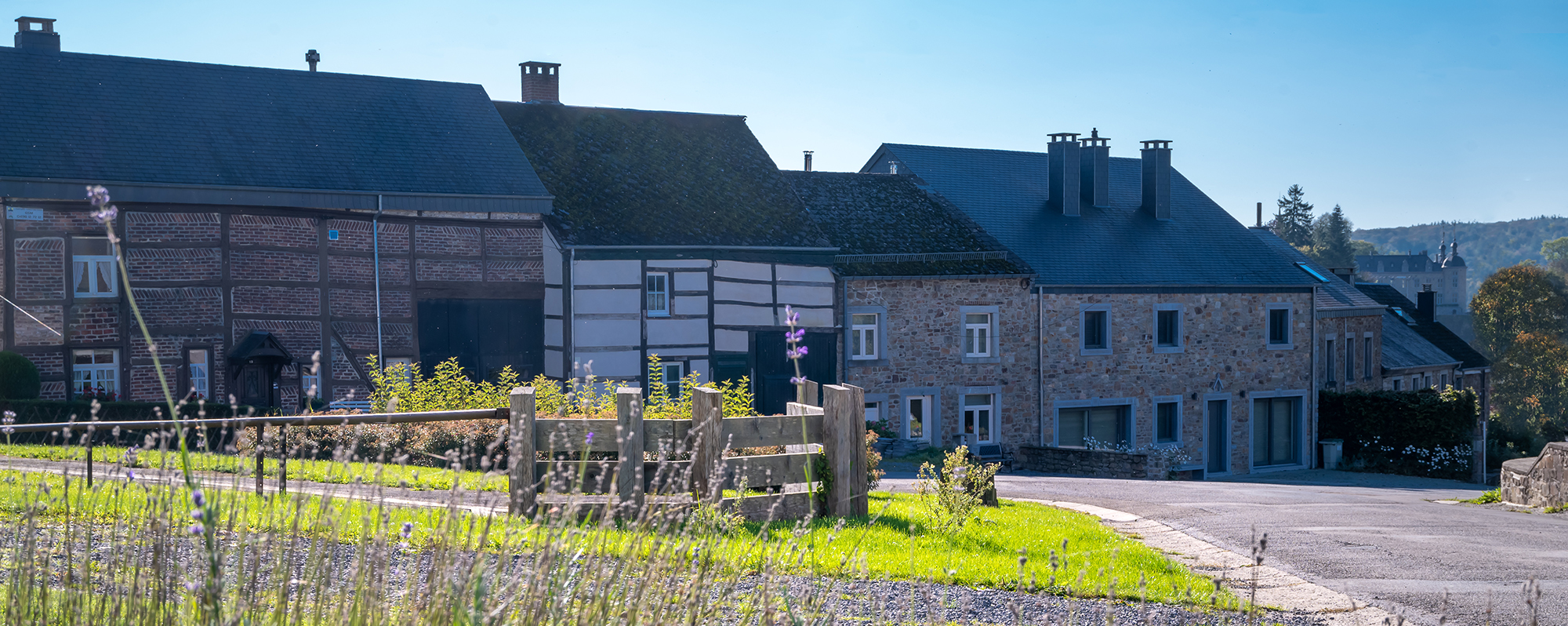
Characteristic of a region, a village, discover the traditional village settlements and the elements of rural heritage which comprise them.
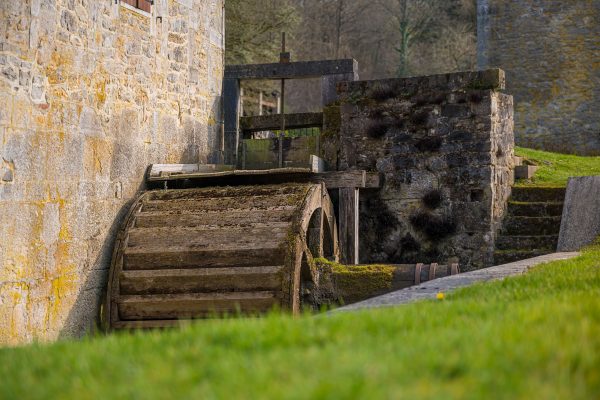
A peaceful, prime location along the Hermeton River for this harmonious ensemble whose origins date back to the 15th century - Listed monument.
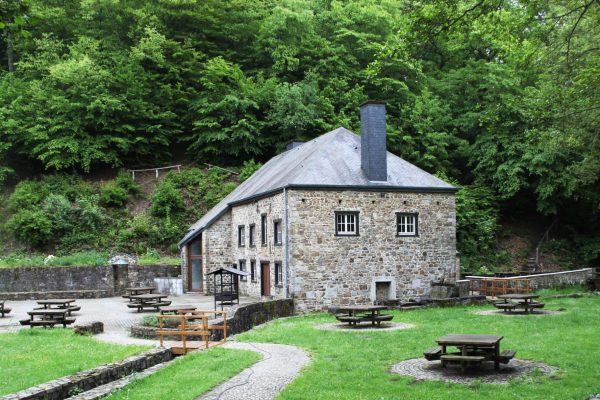
A privileged location, at the bottom of the valley and taking advantage of the natural elements, for this old mill whose origins date back to the year 1600.
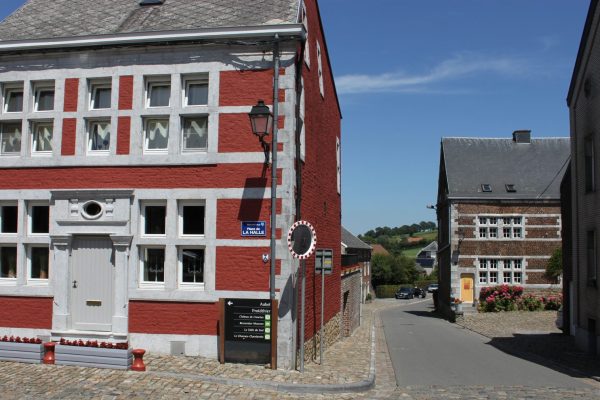
An elegant late 17th century building as the entrance to the Place de la Halle - Listed monument.
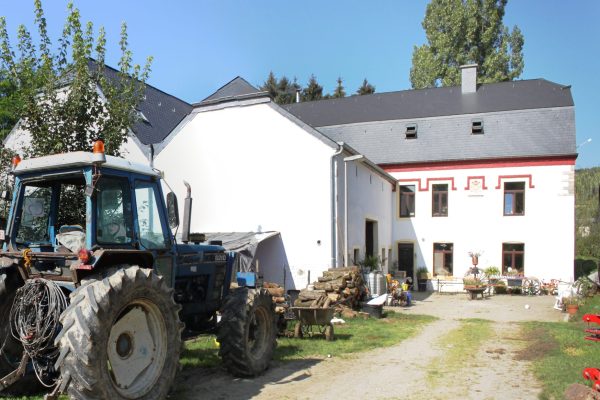
Vintage "1776" and witness to the will of the Empress of Austria to build mills in Luxembourg.
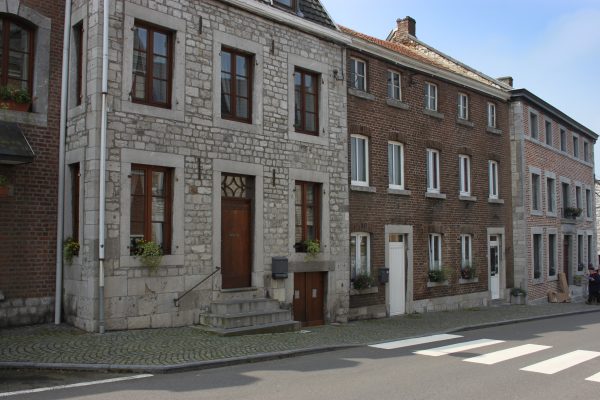
Reminiscence of an old village activity.
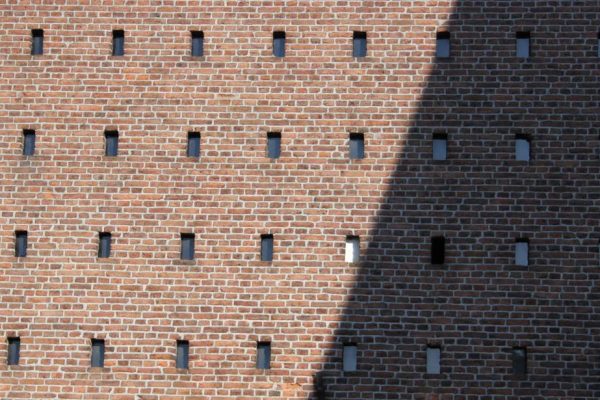
A symbol of the region's intense wool industry in the 19th century, it has brick facades pierced by numerous slits and marks the landscape with its singular silhouette.
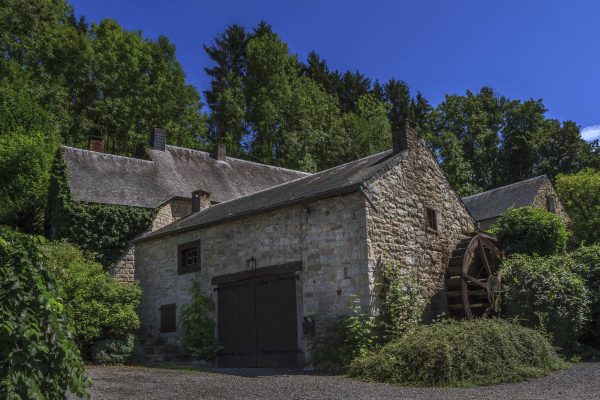
The banks of the streams in Crupet bear witness to the presence of numerous mills in the past.
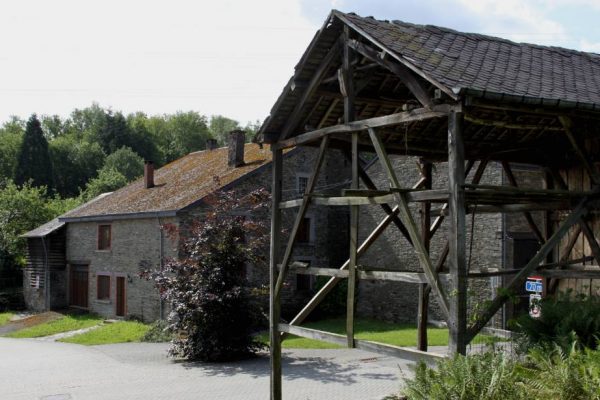
Reminiscent of the old tobacco activity, they enliven the picturesque village of Laforêt with their centuries-old frames.
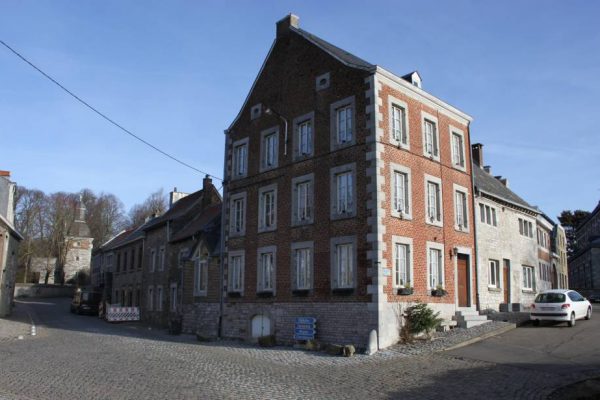
Vintage "1738", a narrow and slender silhouette, adorned with a palette of materials drawn from the immediate environment to fit in with the village building context.
The association Les Plus Beaux Villages de Wallonie (The Most Beautiful Villages of Wallonia) oversees a network of 32 villages, bearers of a strong territorial identity and reflecting traditional architecture. It is committed to promoting the rural, cultural and natural heritage of Wallonia and is a part of the development of local and responsible tourism.
More information